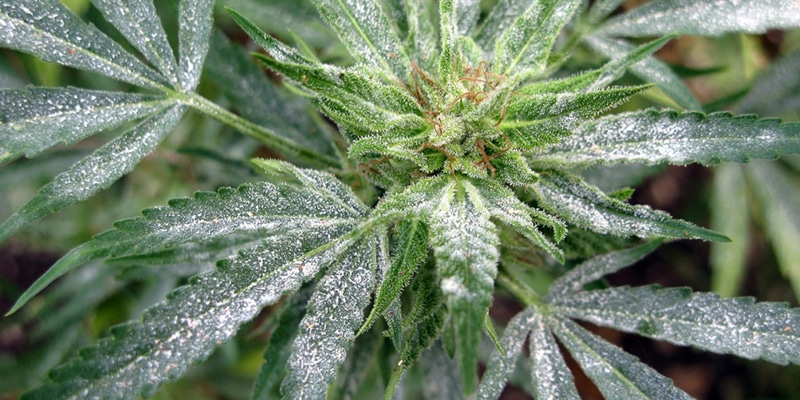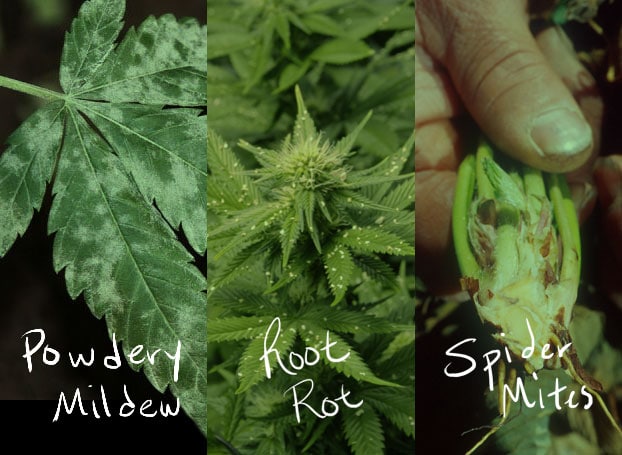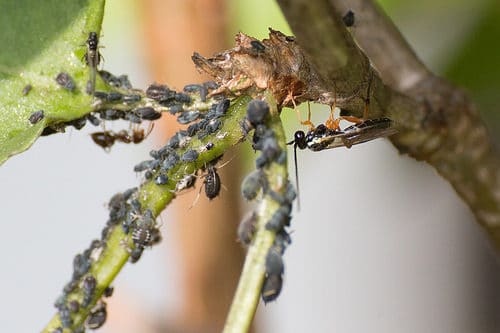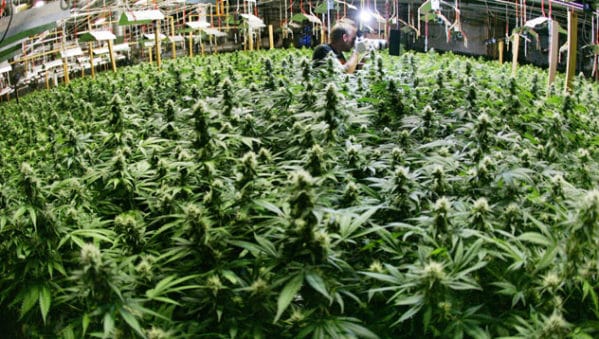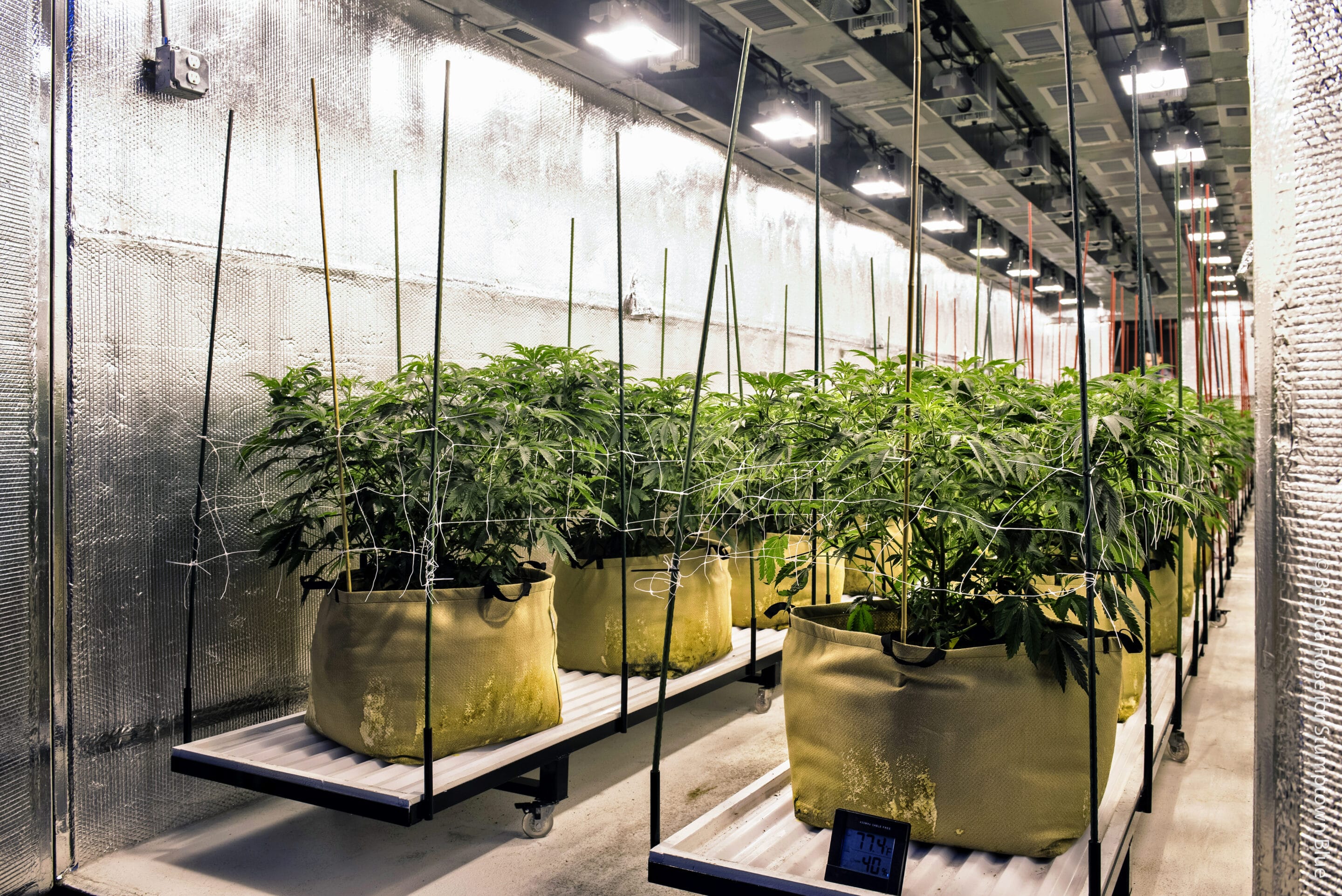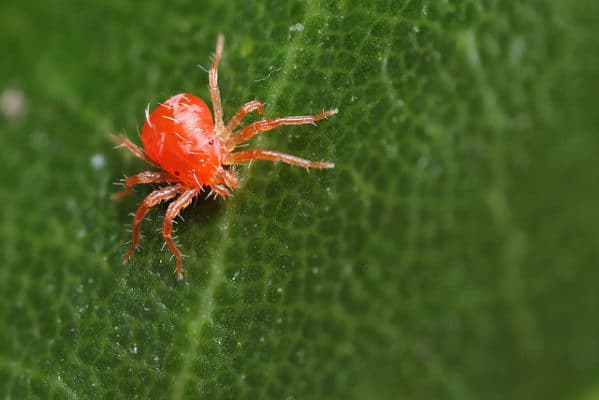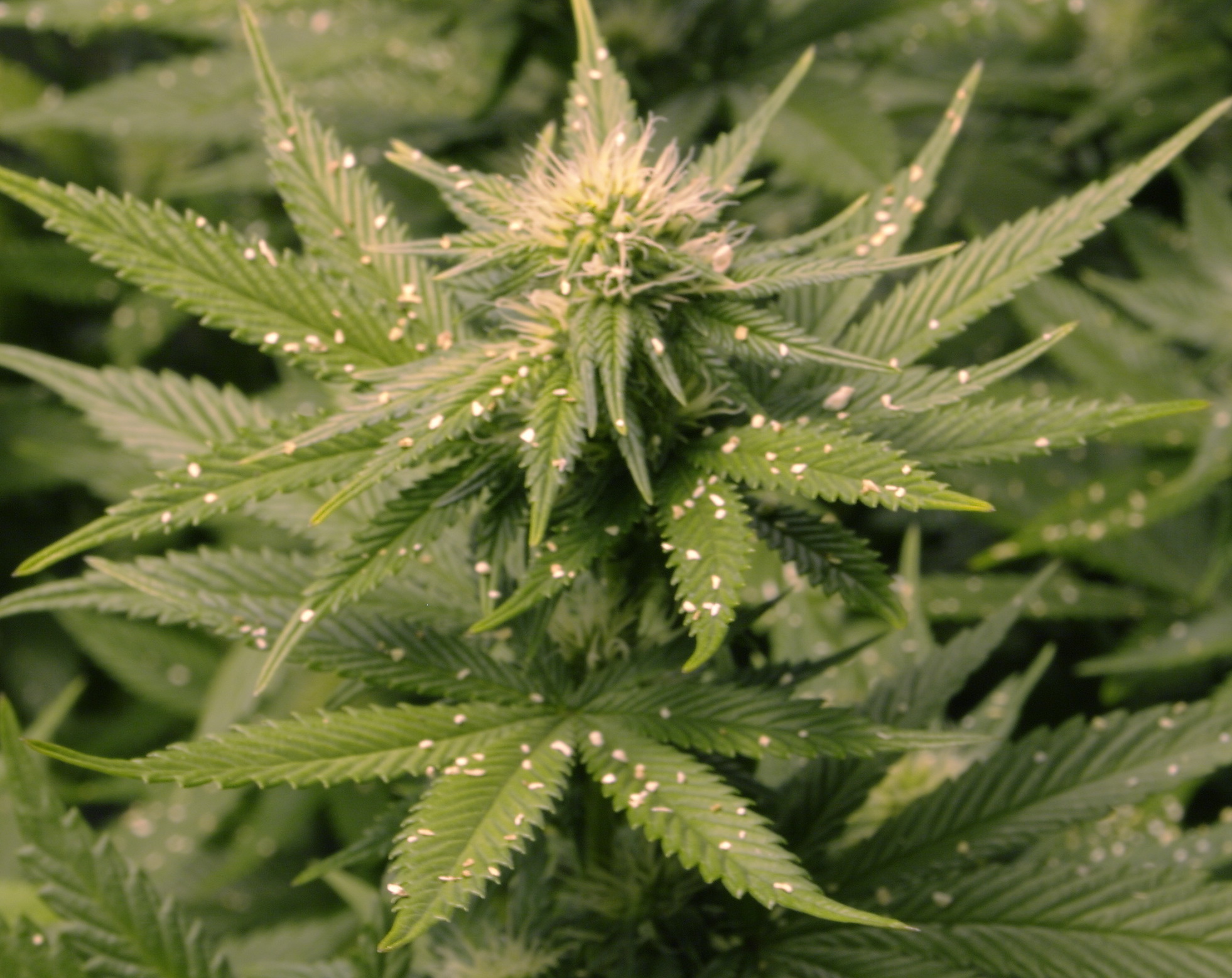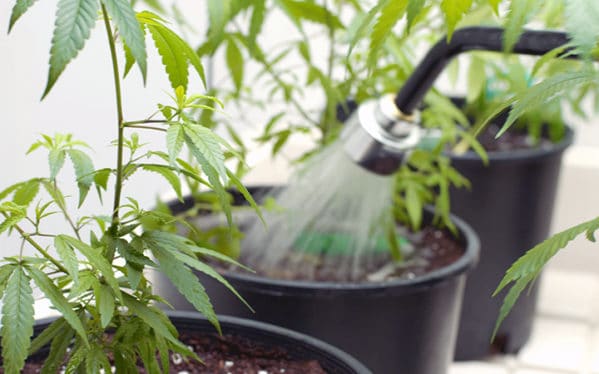
Everything You Need to Know about HydroLogic Water Filters
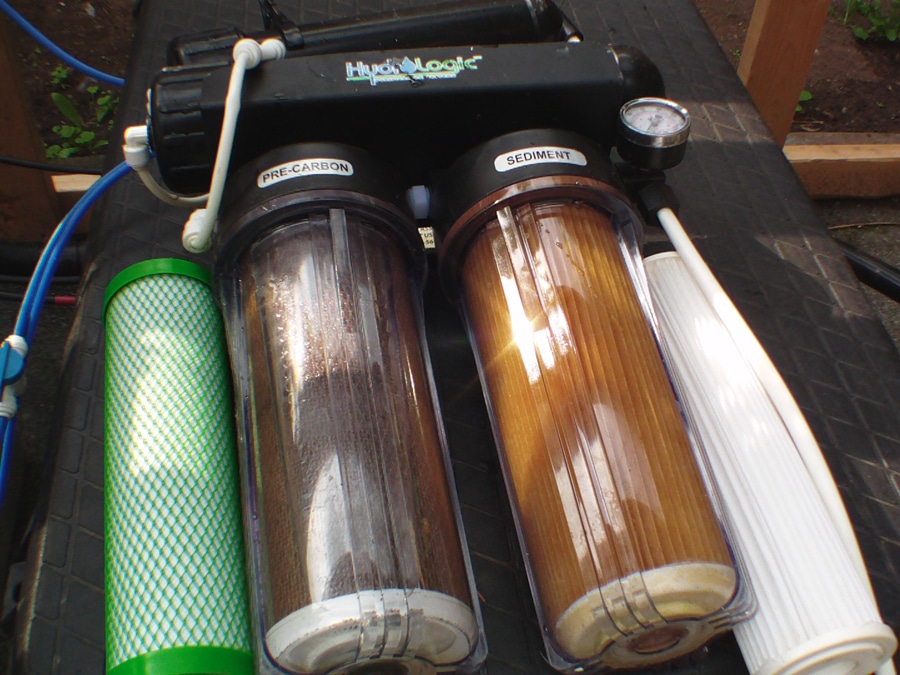
Clean, fresh water is essential to carry the building blocks of life your plants need to grow. Public water sources, although filtered, still have remnants of contaminants like chlorine and a host of other nasty substances you won’t want to feed your cannabis plants. HydroLogic filtering systems are the perfect solution for ensuring your water is as clean as can be.
HydroLogic Filters
HydroLogic Purification Systems make a variety of top notch water systems, from home grow to industrial scale. They have earned their reputation as one of the top water purification systems manufacturers around. It’s hard to find a grow these days that doesn’t have a HydroLogic filter installed somewhere. HydroLogic’s SmallBoy and Stealth-RO200 water filtration systems are all you need to make sure your plants receive the very best in hydration.
The HydroLogic SmallBoy
The HydroLogic SmallBoy is a de-chlorinator and sediment filter that will rid your water of up to 99 percent of chlorine and as much as 90 percent of other contaminants like silt and rust. The SmallBoy attaches to any water source, from a hose to your kitchen sink. They are durable and can be permanently affixed to your already existing nutrient-doser. Better yet, the SmallBoy can pump out 60 gallons per hour of pure H2O, filtered down to 5 microns. The SmallBoy is great for removing chlorine and sediments, but isn’t built for removing heavy toxins like pharmaceutical residues and other chemicals. Each SmallBoy comes with the following accessories: SmallBoy Filter Housing; Filter Housing Wrench; Green Carbon Filter; Garden Hose Connectors; White Sediment Filter; 1/4” Ball Valve Shut-Off; and 1/4” Blue Tubing. You can watch this video to learn how to replace the SmallBoy filter.
The HydroLogic Stealth-RO200
The HydroLogic Stealth-RO200, on the other hand is a reverse osmosis system that will strip your water of any potential toxins that could affect your grow. Fluoride, lead, iron and excess calcium are caught by the Stealth-RO200’s membrane element, keeping them out of your garden. The Stealth-RO200 utilizes the same basic filters as the SmallBoy with the addition of the membrane element. It can pump up to 100 gallons per day of purified water and just like the SmallBoy, is a snap to set. With the Stealth-RO200, you can even adjust the ratio of waste to product water. The Stealth-RO200 comes with the same accessories as the SmallBoy plus a few extras: Stealth-RO Membrane; 3/8” QC X Garden Hose Connector; Double Ended Wrench; Pressure Gauge Assembly; RO200 Eco-Waste Reducer; and RO200 Flow Restrictor. You can skip the instructions and watch this video to learn how to assemble the Stealth-RO200.
To grow hydro, get yourself a water filter system
HydroLogic’s water filter systems are the best in the business. There’s a reason they can be found in cannabis grows around the world. Growing quality cannabis is about ensuring your plants get the very best nutrient mix and that starts with clean water. If you want to grow-hydro, either in your basement or in a 44,000 square foot grow house, you’ll need a HydroLogic water filter system.
What are your tips and tricks for using a HydroLogic filter system? Let us know on social media.



